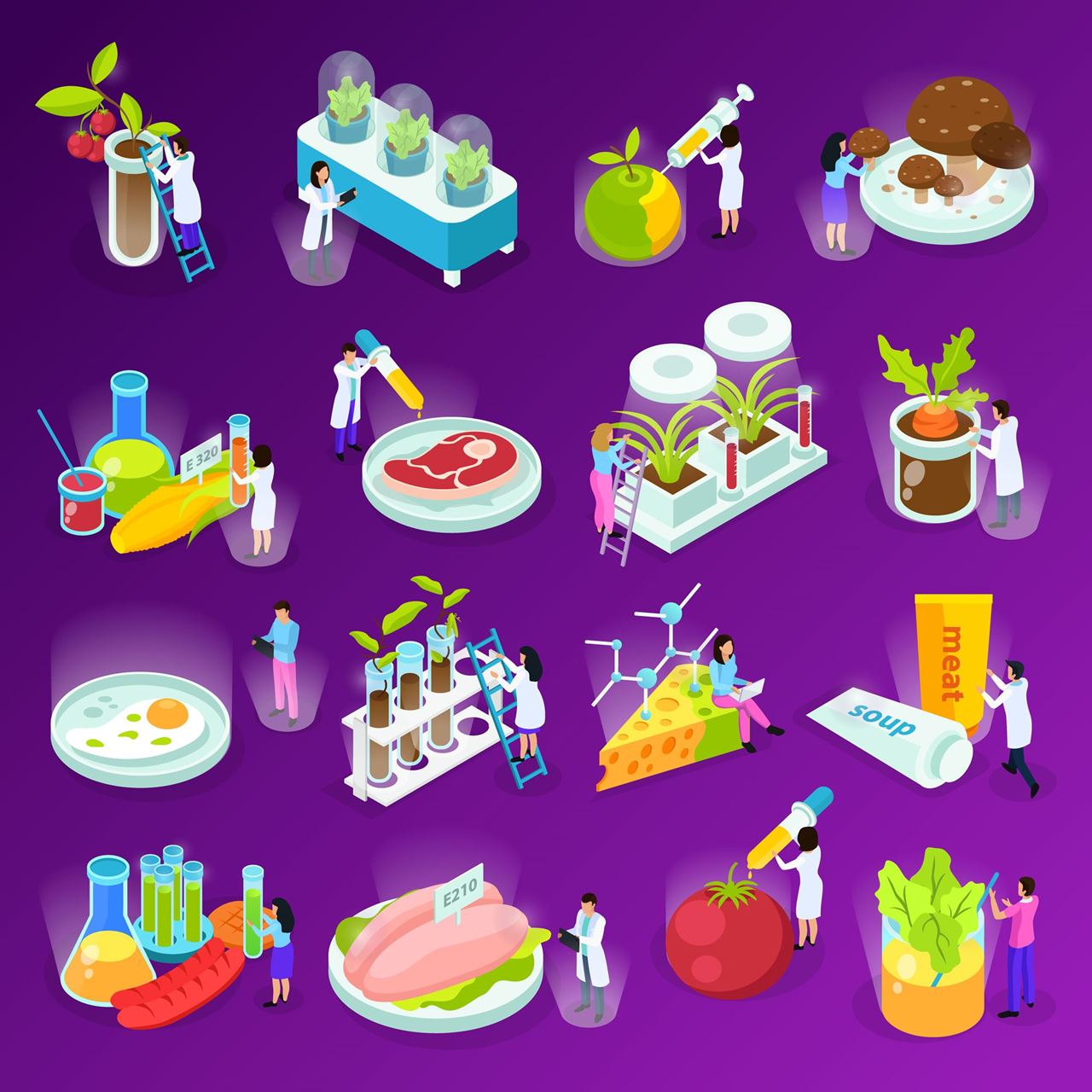Food additives are substances added to food to preserve flavour or improve its taste and appearance.
Some additives have been used for centuries; for example, preserving food by pickling (with vinegar), salting, as with bacon, preserving sweets or using sulphur dioxide as in some wines.
With the advent of processed foods in the second half of the 20th century, many more additives have been introduced, of both natural and artificial origin.
A food additive may be defined as any substance or a mixture of substances other than the basic foodstuff which is present in food as a result of any aspect of production, processing, storage or packaging.
Food additives are added intentionally to foods and are not naturally a part of the food.
Different countries have different countries have different laws pertaining to which food additives can be used and in which foods e.g. PFA Act and Rules in India.
These laws specify the amounts and names of food additives which can be added to certain foods.

FUNCTIONS OF FOOD ADDITIVES
- Maintaining product consistency;
- Improving or maintaining nutritive value;
- Maintaining palatability and wholesomeness;
- Improving flavour or imparting desired color;
- Providing leavening or controlling acidity acidity/alkalinity.
CLASSIFICATION OF FOOD ADDITIVES
Food additives are classified based on their function in food i.e. the purpose for which the additive has been added to the food.
The various classes of food additives include:
- Antioxidants;
- Preservatives;
- Food colors;
- Food flavours;
- Emulsifiers and stabilizers;
- Artificial sweeteners;
- Miscellaneous: Anti-caking agents; sequesterants; acids, bases, and buffers; anti-foaming agents, enzymes, leavening agents.
Broadly speaking, these food additives can be classified as:
- Direct food additives and
- Indirect food additives.
Direct food additives are added to a food for a specific purpose in that food e.g. synthetic color.
Indirect food additives become part of the food in trace amounts due to packaging, storage or other handling.
Additives used in raw ingredients or any other material with which foods may come in contact may find their way into the finished food product.
Antioxidants, for example, used in edible oil may be found in chips or any food item prepared with this oil. This is known as the ―carry over‖ principle.
Information Source: Introduction to Food and Food Processing Book